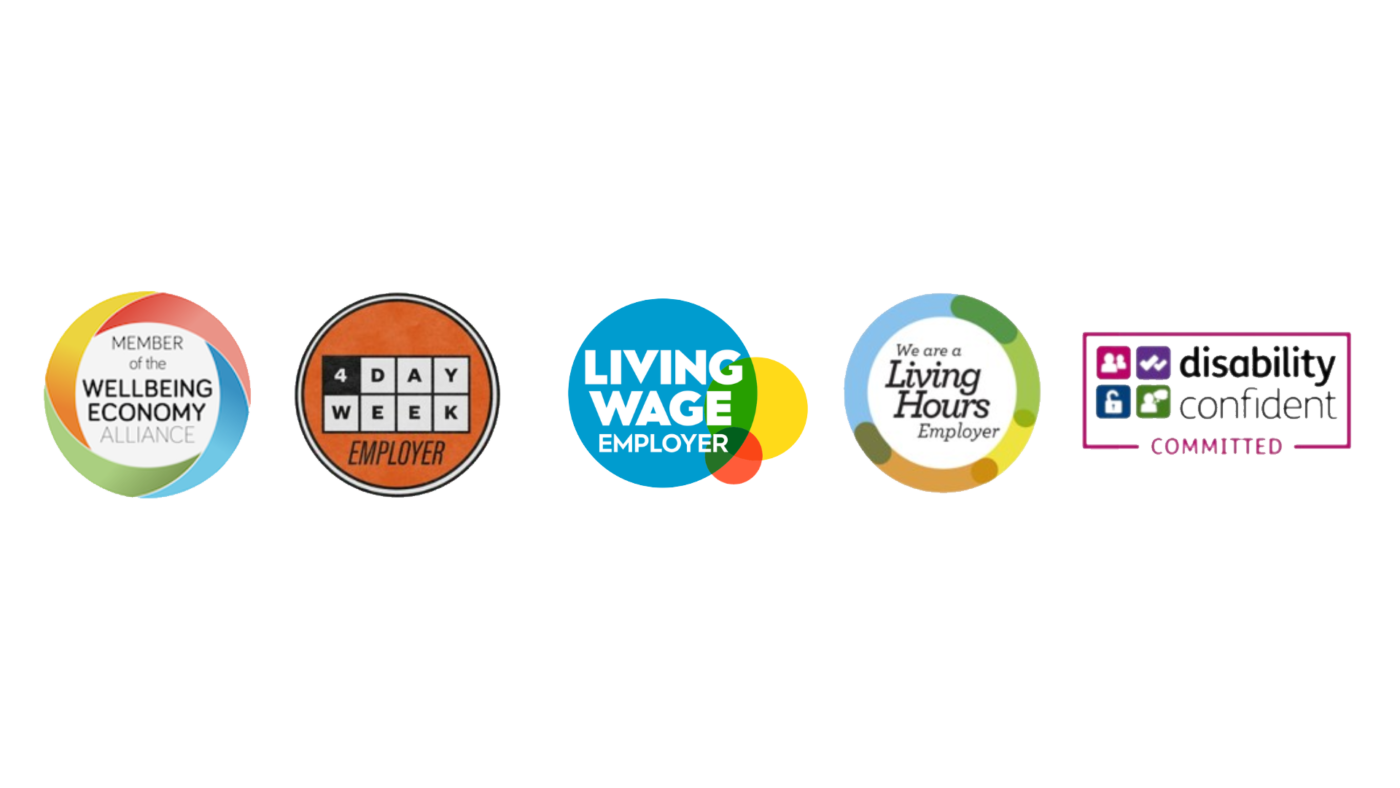Let the people in
This article orignally appeared in the Municipal Journal.
Our communities have a challenge with trust (or, rather, the lack of it). As cynicism about the state grows, particularly as “awful April” begins to bite, people’s sense of disconnection from politics and the economy is growing. But, make no mistake, this disconnection is not about apathy: it’s about powerlessness.
We’ve all been in those rooms where people are airing their grievances about public services. The bins not emptied, the potholes left unfilled, the care for a loved one delayed, the SEND child unsupported, the cemeteries unloved.
People care about the things they see all around them, every day and they care that things are not being done properly. They notice when councils stop doing things like funding summer play schemes or school improvements, when libraries are forced to close or when treasured local buildings are sold off to private developers. And they also notice that, despite these losses, they are paying more Council Tax than ever before. And they, understandably, ask: why are we paying more and receiving less in return?
“a political vacuum”
It is this justified logic that fuels the fire of disengagement and – worse – generates a political vacuum. The main parties offer no alternative to the slow race to the bottom, so political actors – whose ideas may once have been considered merely dark shadows on the edge of our society – step into the void, ready to lay the problems of place at the door of our most marginalised communities.
But with every crisis comes a moment of reflection – a “how did we get here?” Overton window that must be seized before it is too late. I’d like to think that we can use this moment to start a new conversation about the role of the local state with the people who live in our places. A conversation that asks how we need to change to meet the challenges our communities are facing.
“co-design and co-create”
Instead of battening down the hatches and staying in our collective comfort zones, is now the time to open the town hall doors and let the people in? Can we find ways to work with our citizens to find new, creative ways to co-design and co-create services so that they reflect both the budget constraints we are working with and local needs and, in the process, give people a greater insight into the function and importance of their councils?
“a different conversation”
A good place to start would be with the reorganisation of local government. The government seem to be pinning their hopes on reorganisation as a solution to some of the funding challenges for local services, but it is also an opportunity to have a different conversation about how we design a council fit for the 21st century. We can – and should – open this conversation up to communities. How would they like their new council to operate? What fears do they have about the changes that are coming? What do they think could be done better on this new, grander scale? These conversations could open up the world of local government to communities who often see little of what councils do beyond bin collections and pothole filling (or the lack thereof).
Like all councils, the new unitaries will belong to everyone in a place. Surely the best legacy of reorganisation – as well as potentially the best antidote to populism – would be a renewal of trust, of understanding and a commitment to long term collaboration with the people they hope to serve.


